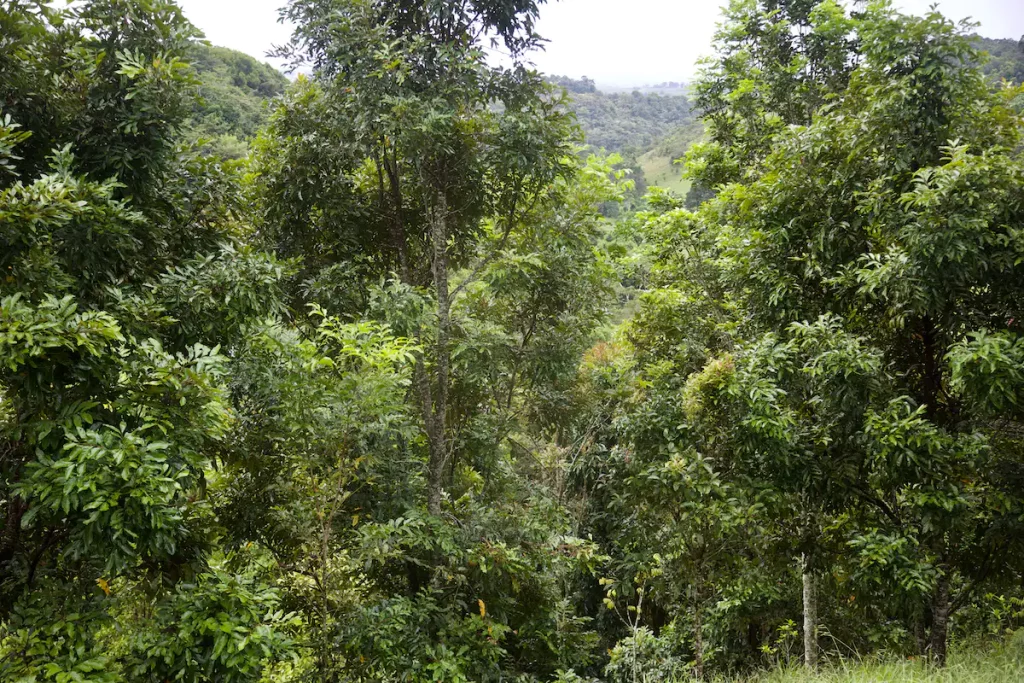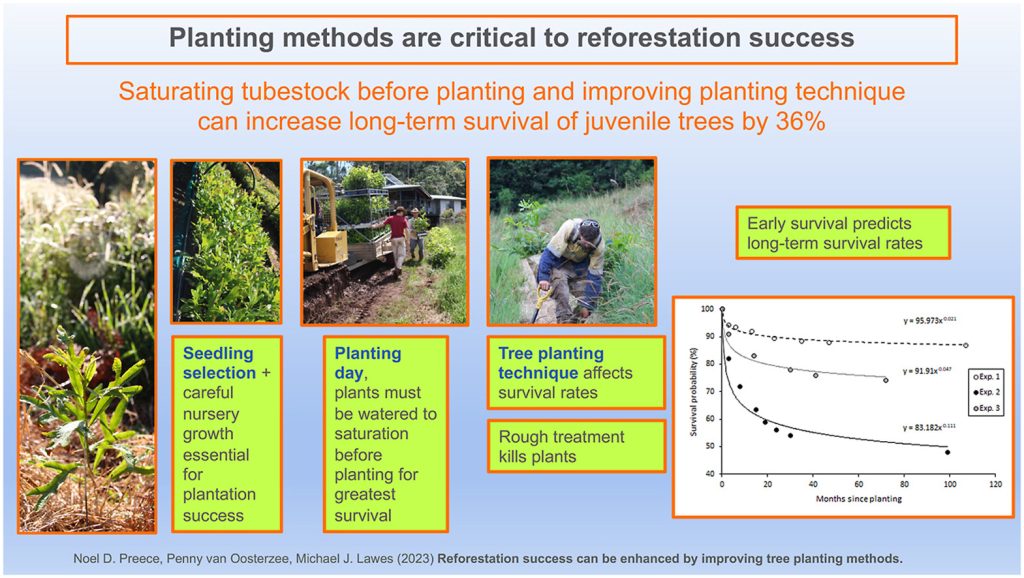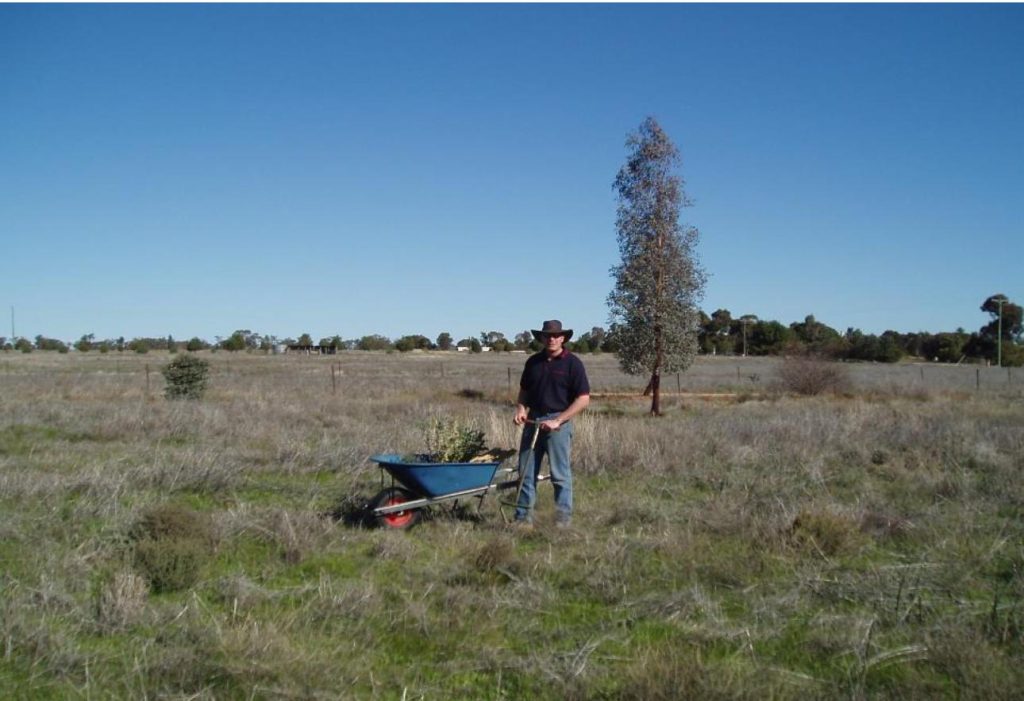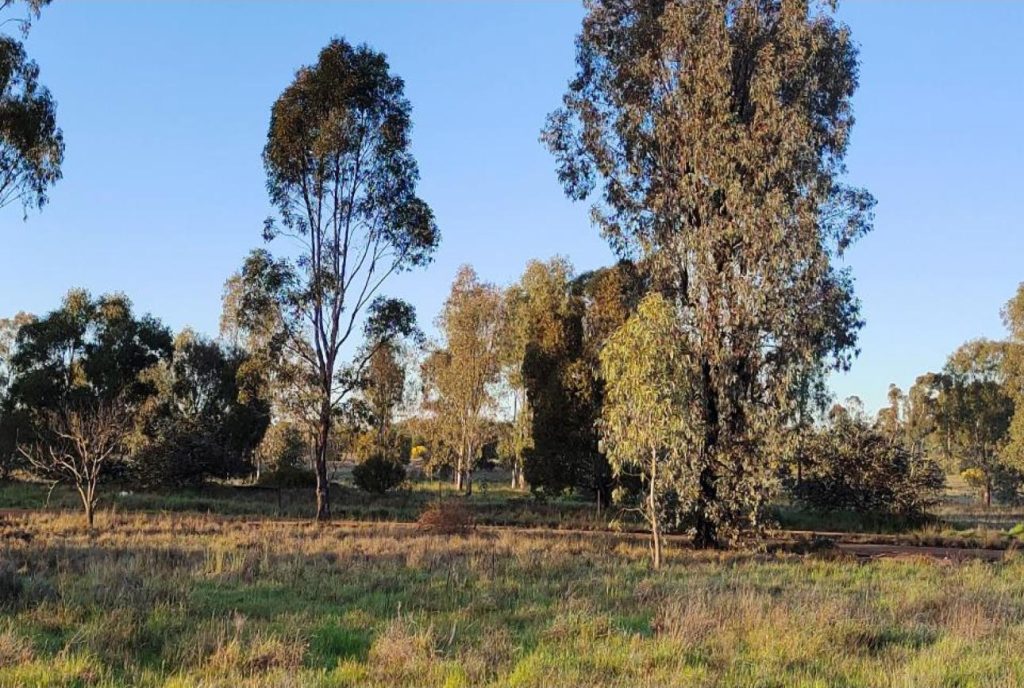Whether you’ve planted trees to enhance your garden or address a salinity problem, your trees carry out many functions, such as looking beautiful, providing food and habitat for animals and insects, promoting soil health, mitigating salinity and supporting biodiversity. Penny van Oosterzee and Noel Preece have been working on how to reforest their 180 ha Atherton Tablelands property for ten years and have some great advice on how to maximise the efficiency and minimise the cost of revegetation work to gain these benefits that trees bring.
We’ve all planted trees but the reasons we’ve planted them will be quite varied. They might include establishing a new garden on a bare block, planting or replacing some trees to rehabilitate a small area of bushland or revegetating large areas of public land or agricultural land. The purposes behind the planting will vary too from appreciating the beauty of established trees, preserving biodiversity, dealing with soil salinity or trying to reduce the level of greenhouse gases in the atmosphere.
Penny van Oosterzee and Noel Preece recently described a case study of their efforts over ten years to reforest some land in the Atherton Tablelands in northern Queensland. Their article offers some very practical advice about planting trees and also mentions some reasons why it’s valuable to do this.

Their reasons start with Australia. Australia has lost about 40% of its forests since colonisation and a lot of what remains is fragmented. Native vegetation stabilises soil, provides food and habitat for pollinators and other animals, purifies water, stores carbon and maintains biodiversity, so planting trees is clearly a good thing! van Oosterzee and Preece also point out that healthy trees play a role in addressing climate change by removing carbon dioxide from the atmosphere (to make food for themselves) and so reducing global warming. Tree planting is part of the effort in many countries to take action addressing climate change. However, there seems to be an over-reliance on how much tree planting can realistically be done. At the same time, there’s a lack of acceptance of the overriding importance of reducing fossil fuel emissions. Planting trees may also not be desirable, if, for example, the local, natural ecosystem is historically not forested or planting trees harms food production. The value of tree planting really depends very much on the particular site
Returning to the positives of tree planting in the Atherton Tablelands, van Oosterzee and Preece wanted to do their reforestation both most effectively (i.e. to maximise tree survival rate) and most cheaply. To do this, they needed to answer these questions, among others. What species do you plant? What spacing between plants do you use? What time of year do you plant? What method do you use for getting the plants into the ground? A lot more detail about their project is here but the main features of what they did and the messages they want to pass on are:
- The species they planted were native to the remnant forest on the property.
- They did all their planting during the summer growing season after rain had saturated the soil.
- It was necessary to reduce competition from grasses and so they sprayed out planting lines before planting and kept down competition from grasses with herbicide till the trees were about 60 cm high. They didn’t do blanket spraying.
- They saturated the roots of the saplings, which were in nursery tubes, before planting.
- It was very important not to damage the saplings’ roots while getting them out of the tubes.
- They emphasise that the person planting should press the plant firmly into the soil with the ball of their foot and not instead kick soil around the plant. This can make a big difference if a person is planting between 500 and 1,500 plants a day!
- The best tool to use is a forestry planter spade. It was cheaper, faster and just as good as a two-person tree planting auger.

van Oosterzee and Preece describe the soil on their property as deep, well-structured, well-drained and with high moisture holding capacity. That might be one reason a planter spade was quite successful! Another reason is the scale of their planting project. The scale of the project, the nature of the site, including topography, the soil type and the people who will do the work – as well as the amount of money available! – will all have a bearing on how a planting project can best be done. There’s quite a detailed guide on doing revegetation available from Greening Australia.
There are actually standards (really, guiding principles) for ecological restoration in Australia. One interesting point they mention is that, as the climate changes over geographical regions, plants adapted to growing in a certain region may find that conditions in that region change in a way that is unfavourable for their growth. As conditions get warmer in certain regions, for example, some local plant varieties may find their preferred growing conditions have moved further southwards (i.e. a cooler environment) or to higher elevations. This is a point Andrew Knop made on the Australian Plant Society field trip to the NSW Central West in April 2022 and is incorporating into his revegetation programme, an approach he calls “getting climate ready”. As his area is becoming warmer and drier and is likely to become more so, he’s starting to use plants from warmer and drier areas in revegetation work.


van Oosterzee and Preece set out to help individuals and small groups working to restore native revegetation to get real value for the money they spend. While they commend this work by individual landholders and small groups, they emphasise that it won’t be enough to restore cleared landscapes. We all need to put governments on notice to acknowledge the true value of native vegetation communities and invest money to properly preserve Australia’s biodiversity.
Source articles:
Penny van Oosterzee and Noel Preece, Restoring forests often falls to landholders. Here’s how to do it cheaply and well, The Conversation, 28 April, 2023,
Noel D. Preece, Penny van Oosterzee and Michael J. Lawes, 2023, Reforestation success can be enhanced by improving tree planting methods, Journal of Environmental Management 336:117645.
